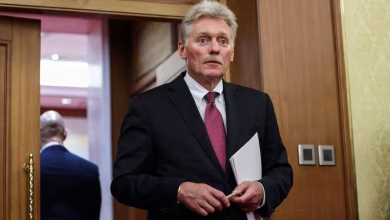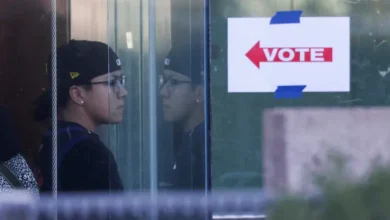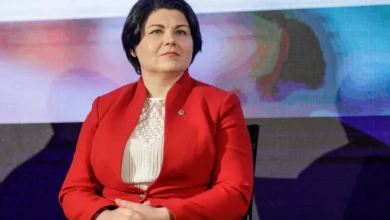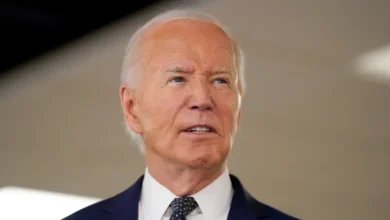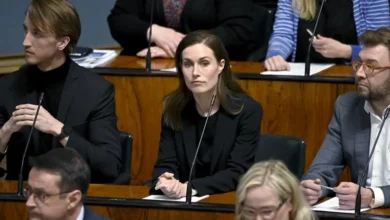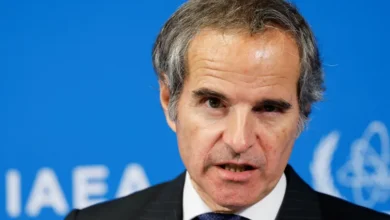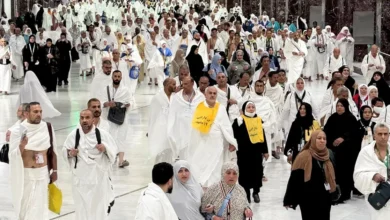Special counsel Jack Smith issues revised indictment in Trump election case
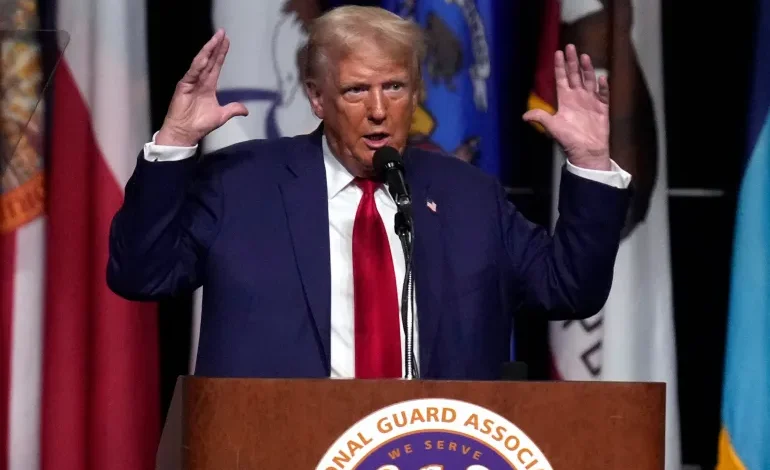
Federal prosecutors accusing former United States President Donald Trump of election interference have released a newly revised indictment, in response to a recent Supreme Court ruling.
Tuesday’s indictment narrows the focus of the case, trimming away interactions Trump had with the Department of Justice and zeroing in on his role as a political candidate.
Still, the central charge remains the same: that Trump attempted to subvert the 2020 presidential election and overturn his loss to Democrat Joe Biden. Trump has long claimed, falsely and without evidence, that widespread voter fraud marred the 2020 race.
The reworked case, unfolding in Washington, DC, is one of four indictments against Trump. He is the first US president to face and be convicted of criminal charges.
Only one of the four cases, however, has culminated in a conviction: In May, Trump was found guilty of 34 charges of falsifying business records in New York. Even that verdict has been thrown into potential legal limbo as a result of a recent Supreme Court decision granting broad immunity to presidential actions.
What was the Supreme Court’s decision?
On July 1, the Supreme Court ruled in the case of Trump v United States that all “official” presidential acts are entitled to “presumptive immunity” against prosecution.
In the ruling, what counts as “official” acts goes beyond what falls within a president’s constitutional authority, marking a significant widening of executive power.
The court’s decision made explicit reference to the events of January 6, 2021, when a mob of Trump supporters stormed the US Capitol in an attempt to disrupt the certification of the Electoral College vote.
That event forms a central part of the Washington, DC, indictment.Referring to the indictment directly, the court’s majority pointed to an example where Trump was accused of “attempting to enlist the Vice President” to “alter the election results” on January 6.
Since interacting with a vice president is part of a president’s official duties, the court explained, “Trump is at least presumptively immune from prosecution for such conduct”.
The Supreme Court currently has a conservative supermajority, with three of the judges appointed by Trump himself. The decision was issued along ideological lines, in a vote of six to three.
All three of the dissenting voices were left-leaning justices.
How did the court influence Tuesday’s indictment?
The court’s decision had an immediate impact on the Washington case, as well as the other indictments against Trump. Tuesday’s revised indictment shows how federal prosecutors, led by special counsel Jack Smith, intend to react to the ruling.
The indictment has been slimmed down from 45 pages to 36, removing the references the Supreme Court singled out in its July decision.
It also emphasises that the interactions detailed in the new version were with people who lie outside of the president’s official orbit.
In naming Trump’s co-conspirators, for instance, the revised indictment explains none “were government officials during the conspiracies and all of whom were acting in a private capacity”.
It also emphasises that former Vice President Mike Pence “was also the Defendant’s running mate” in the 2020 election, in an apparent attempt to differentiate between his official and unofficial roles.
In other parts of the indictment, prosecutors took pains to distinguish Trump the president from Trump the political candidate.
For example, whereas the first version of the indictment said “the Defendant repeatedly and widely disseminated” false information, the second version updated the line to read: “The Defendant used his Campaign to repeat and widely disseminate” false information.
Elsewhere, the revamped indictment acknowledged that Trump “sometimes used his Twitter account to communicate with the public as President”, before emphasising that “he also regularly used it for personal purposes”.
However, the central charges remain identical to the first version of the indictment: that Trump entered into a conspiracy to defraud the United States; to obstruct and impede an official proceeding; and to prevent legitimate votes from being counted.
It details how Trump allegedly stoked his supporters to action, pressured election officials and entered into a scheme to falsify Electoral College votes.
Trump faces four criminal counts related to those conspiracy charges.
“Each of these conspiracies — which build on the widespread mistrust the Defendant was creating through pervasive and destabilizing lies about election fraud — targeted a bedrock function of the United States government: the nation’s process of collecting, counting and certifying the results of the presidential election,” the indictment reads.

